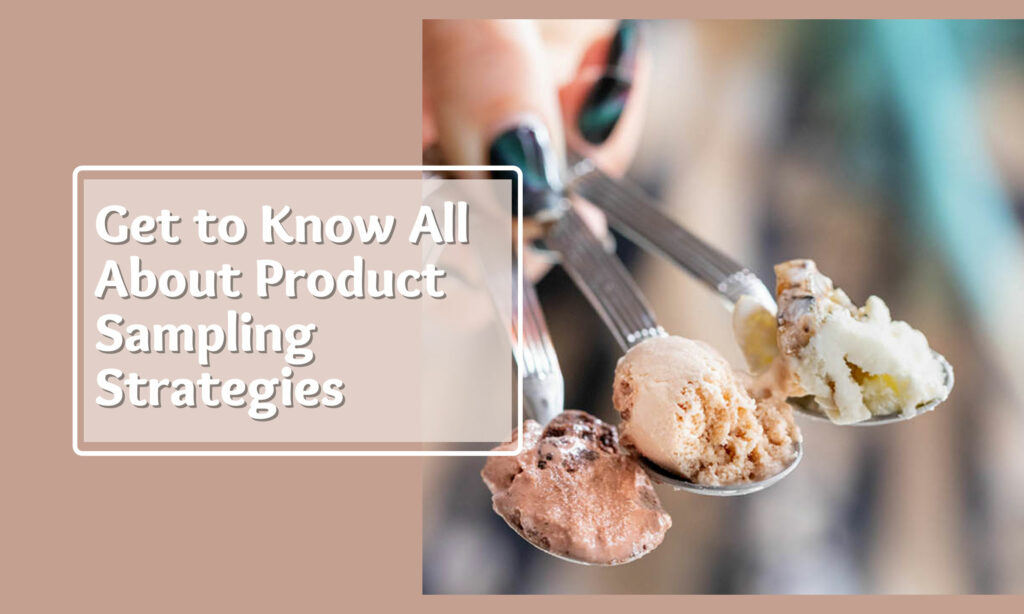Brands have been using free samples to get the product directly into their customers' hands for a long time. It is a practice that keeps both parties happy, as consumers receive a free product and product sales increase for the brands. Product sampling marketing creates a classic WIN-WIN scenario.
The product sampling method is a technique that has helped many businesses thrive, even when they faced huge competition in the market. However, it is a calculated method that you need to understand before trying it out fully.
What you will find in this article:
- What is Product Sampling?
- What are product sampling methods?
- What does an effective product sampling look like?
- How to plan and manage a successful product sampling campaign?
- Key takeaways
What is Product Sampling?
Product Sampling is when companies spread the word about their product by letting consumers try it before buying it. With product sampling, you give free samples of your new products to your targeted audience to gain traffic and awareness.
Types of product sampling
There are two types of product sampling methods:
An indirect product sampling strategy is a method with no physical interaction between you and clients. i.e. offering free samples of a product to consumers when they buy another product.
A direct product sampling strategy is just the opposite. You make a connection with your consumers and keep that relationship. i.e. offering free samples by sending them to their homes.
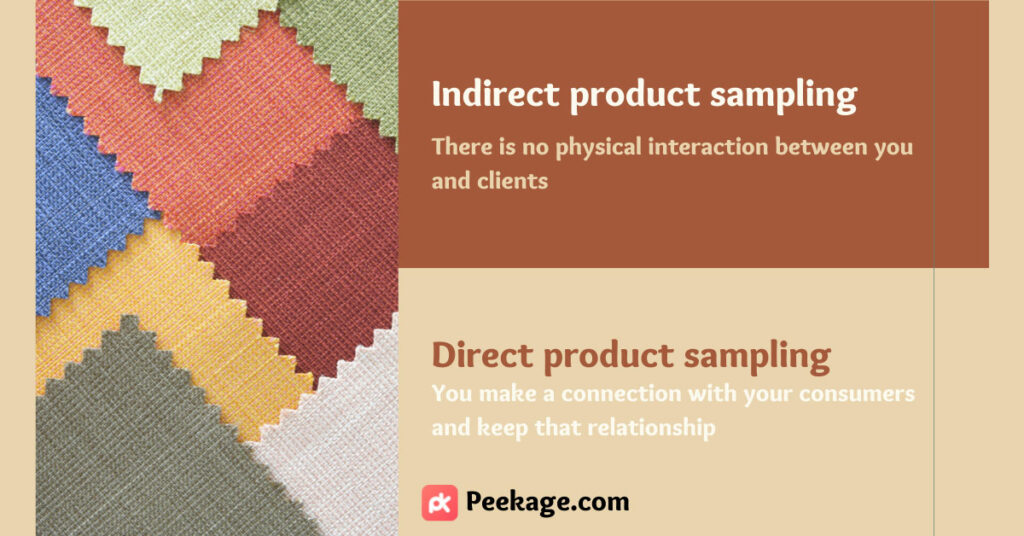
If you are skeptical about the working mechanism of product sampling and want to know more about it, you are in the right place.
The Psychology of product sampling
There are three important psychological constructs that can explain why product sampling is an effective product marketing strategy for your business:
- First is the concept of risk aversion.
Keep in mind that we often make irrational decisions because if our brain tries to go in-depth about every decision we make, it will use up all our energy. To be energy efficient, we make decisions on a whim.
Most of the time, we pick familiar products instead of unfamiliar ones that are probably more sustainable, environmentally friendly, and better for our lifestyle.
That makes sense because why would you spend your money on something you can not possibly be sure about? Therefore, product sampling minimizes the risks for consumers because they are not paying for anything while being able to try the product.
- The second concept of psychology is reciprocity.
Recent social psychology studies have shown that waiters who give free candies to customers are found to get more tips than waiters who don't give anything at all.
Notice that these customer service workers don't actively ask for anything in return and are still rewarded for it.
This is how reciprocity can also apply to product sampling. The free products that you let consumers try may even get them to buy your product in the future.
- Lastly, once you've subconsciously made a good impression on consumers, they would have a relatively good sentiment about you and your products.
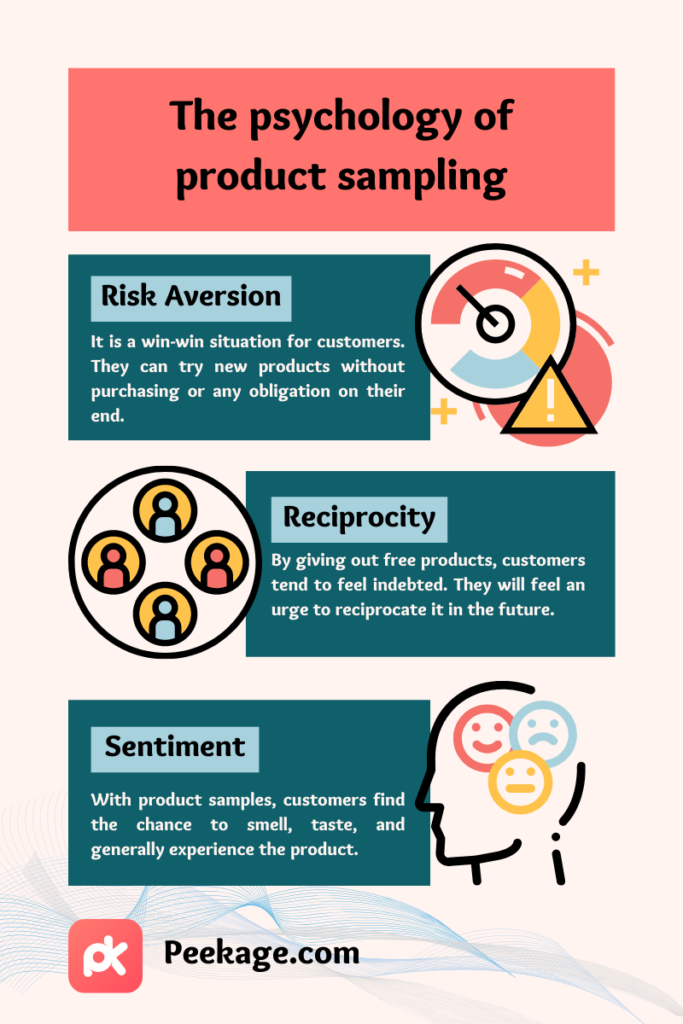
Read more: The Psychology Behind Consumer Sampling Programs
You have just increased the chance of them buying from you in the future.
In short, by using the product sampling method, you are hacking your way into your consumers' brains and subconscious.
What are product sampling methods?
There are different ways to target consumers and sample your products to them. However, all these different ways can be categorized into two major sampling methods.
1. Traditional product sampling
You often find this marketing method in stores such as Costco or makeup stores. Stores offer samples of the products they already have in their stock in hopes that consumers walk out with more items than they originally planned to buy.
Traditional product marketing has proven to boost sales, especially if the sampling counter is well positioned within a store; but it also has downsides.
Pros and Cons:
- With traditional product marketing, you get to sample your product to a vast number of consumers without the need for any prior research; however, this makes your marketing campaign inefficient as many people that you offer your sample may not be even interested in it.
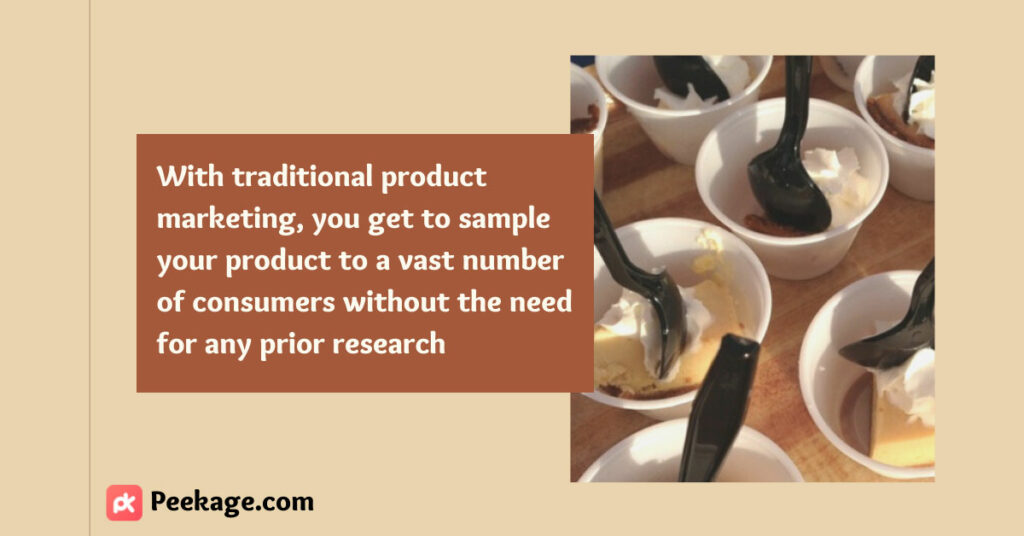
- While you get the benefits of face-to-face interaction with this method, as soon as your customers walk out of your store, you have no hold on them anymore.
With traditional product sampling, your insights are limited to what you see right then and there and depend on the accuracy of the person that records them.
Therefore this is not a suitable method for products that take a day or a week to try out and review, like shampoos or skincare products.
2. Digital product sampling
The digital age of technology has made it convenient for both businesses and consumers to connect with each other. Digital product sampling is the natural evolution of the traditional product sampling method in the modern world.
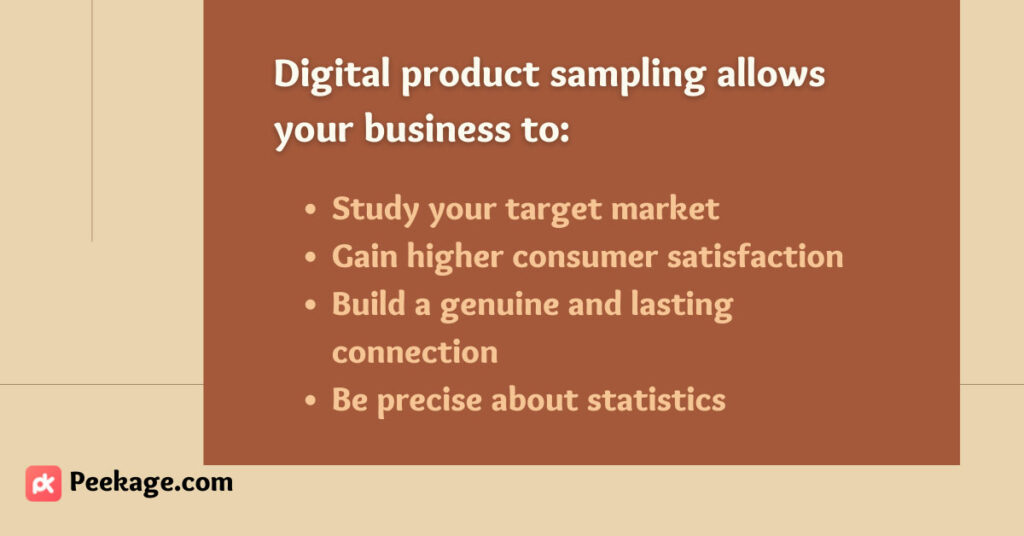
Pros and Cons:
- With digital product sampling, you have to study your target market first and therefore can not offer your samples without a specific plan.
With this technique, you are targeting specific audiences and not a vast number of random by-passers.
- Digital product sampling campaigns take more time to set up, yet they deliver higher consumer satisfaction scores and boost sales.
- Digital product sampling offers a genuine and lasting connection between you and your consumers.
Despite the fact that the traditional product sampling technique offers face-to-face interactions, the digital product sampling technique offers your users some form of anonymity that enables them to be honest.
Moreover, you can always follow up on your potential consumers via this method, but with the traditional product sampling method, you will lose touch with them.
- Digital product sampling is precise.
Your campaign result is not dependent on the note-taking skills of your employees. There is a data-gathering method involved that helps you keep track of your results and analyze them in different ways.
- Digital product sampling can be, in some cases, more costly than the traditional product sampling method.
This higher cost is usually compensated by creating a loyal consumer base and eventually a much higher return on investment (ROI) rate.

Read more: Digital Product Sampling vs. Traditional Product Sampling
We highly recommend that you opt for the second option and take the digital product sampling route. It may be a longer one, but you will get where you want to be, satisfied.
What does an effective product sampling look like?
Now let's talk about the details of an effective product sampling campaign:
1. Know your goals and objectives clearly.
Identify what you want to get out of this campaign; riddle yourself these questions:
- What do you hope to achieve by product sampling?
- Why do you want to send these specific sample products?
- Do you want coverage before your launch?
2. Know / Pick your target Audience
Make sure that the individuals you are targeting are the ideal audience.
If you know what group of people you want to target, get to know them on a deeper level, and if you want to find the right target market for your product, study the market and your competitors' consumer base.
3 . Time your sampling campaign right
Start campaigning products a few weeks or even a few months before launching them.
This will help generate reviews and will give consumers a chance to familiarize themselves with your product. In addition, pick the right time for your product launch.
For example, try launching your school supply product a few weeks before the new semester starts.
4. Follow post-purchase updates after customers receive their samples
You can send post-purchase emails; send out questionnaires. However, there are applications and companies that can manage the whole process of product sampling for you and even handle post-purchase updates, which is a challenging and dubious task.
5. Review and repeat
Product sampling is not just about first impressions. It's about making a lasting impression.
Keep your ear to the ground and read reviews. Reply as much as you can and resolve consumer concerns to the best of your ability.
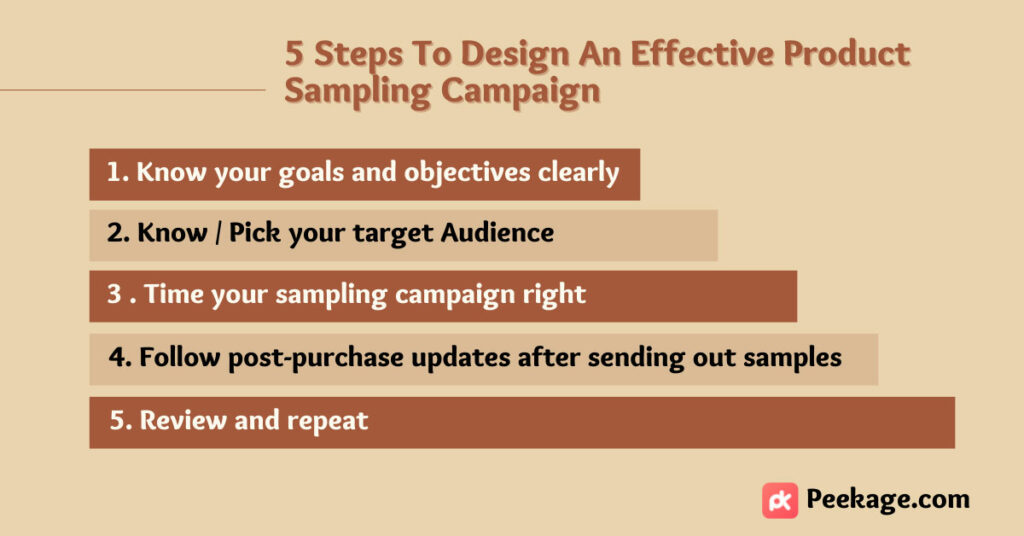
Product sampling is a process, meaning there is no finish line. You can always tweak and repeat this procedure to maintain the product-market-fit status.
Read more: E-Commerce & Digital Product Sampling - A Perfect Marriage
How to plan and manage a successful product sampling campaign?
Let's break this into two parts: Planning and managing.
Planning a product sampling campaign
If you are going to plan a product sampling campaign and want it to succeed, you have to answer the following questions honestly:
- Why do you want to launch this campaign? (And please don't say because a competitor did it!)
- What is the product you want to distribute, and how many? (You have to plan your campaign around your new product, not the other way around)
- Who do you want to send your samples to? (Be very specific. Answers like "women", "young people", or "pet owners" are too vague and broad)
- How do you want to deliver your samples? (Online, in person, in-store, etc.)
- What will be your method of interaction with your potential buyers? (Email, Phone, questionnaire, etc. Again, be very specific.)
- When do you want to launch your new product? (If you think you can do it anytime, then think again)
- How much time do you have? (If you don't have a deadline, then you need one)
- How much time do your potential consumers have to review your sample? (It has to be a perfect balance of time, so you would not rush them, but it also has to be fast enough so they can give their feedback with a fresh memory)
- How much money are you willing to spend? (Remember that going about a product sampling campaign alone can be costly)
Answering these questions specifically helps you to plan your product sampling marketing road map.
Yet, we know that finding the exact answer to some of these questions may be challenging, and that is why Peekage offers a free consultation session to its customers before starting any product sampling procedure.
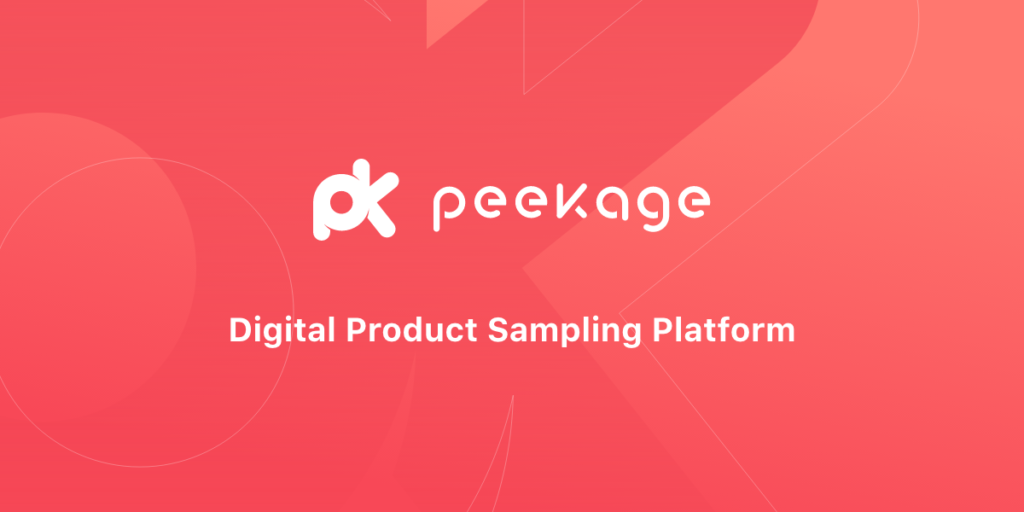
Managing a product sampling campaign
If you are going to manage a product sampling campaign and want it to succeed, you have to be extremely detail-oriented and great at follow-ups. Here are some obstacles you may encounter while managing a product sampling campaign:
Fuzzy goals for the campaign
sometimes, each team member has a different goal in mind for a campaign, sometimes you may set goals that are not in alignment with your overall growth strategy, and other times you may set goals that are not measurable or attainable.
Choosing the wrong audience or failing to recognize them
You may have difficulties knowing who will be a good match for your product and where they live. Basically, you need access to a live and updated database.
The overwhelming number of tasks regarding the product
You have to know how many samples you will need, how much they will cost, where you want to store them, and how you want to deliver them. Being on top of all product-related tasks is a handful.
Expenditure
Managing finances in a product sampling is more than just estimating a number it will cost. You have to adhere to your spending plan every step of the way.
Deliveries
Depending on your delivery method, you need to consider packaging, storing, and shipment, which all may alter the final cost estimation and screw up your timetable.
Consumer support
Again, depending on your chosen method, you have to be prepared to answer your customers about any number of things, including delivery mix-ups, faulty packages, complaints, comments, etc.
Data gathering method
You must have a unified method of data gathering within your company. All your product sampling team members have to have the same accuracy in data collection and recording.
Data analysis
After gathering user feedback, you need to analyze it into useful information that is meaningful for your product owner and design team.
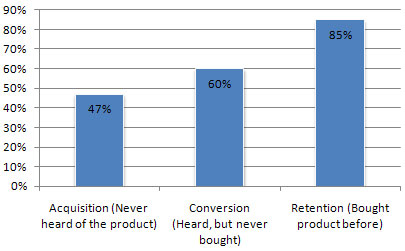
Communication
The product sampling procedure requires constant communication between the marketing and design teams. It is not a one-way street, and both parts affect each other. Sometimes it might be hard to keep the balance between these parts.
We know that managing a product sampling campaign can be a stressful and daunting task. This is why most companies (From small businesses to big corporations) chose to outsource this process to capable third parties.
Read more: Maximize the Success of Your Product Sampling Campaign
Peekage is a platform that enables you to plan, run and manage your product sampling campaign hassle-free.
Key takeaways
The product Sampling process has a simple idea behind it, but launching a product sampling campaign is a hard task and requires lots of effort, attention, and time. Companies that invest in product sampling usually outperform their competitors in their key metrics because:
- Product sampling gives the business a credible reputation.
- It builds a lasting connection with consumers.
- By utilizing free products, potential consumers get to know the brand and its product and may even advertise on the brand's behalf.
- Instead of drowning in massive amounts of data that is available for everyone (even your competitors), digital product sampling can give you valuable customer insights.
